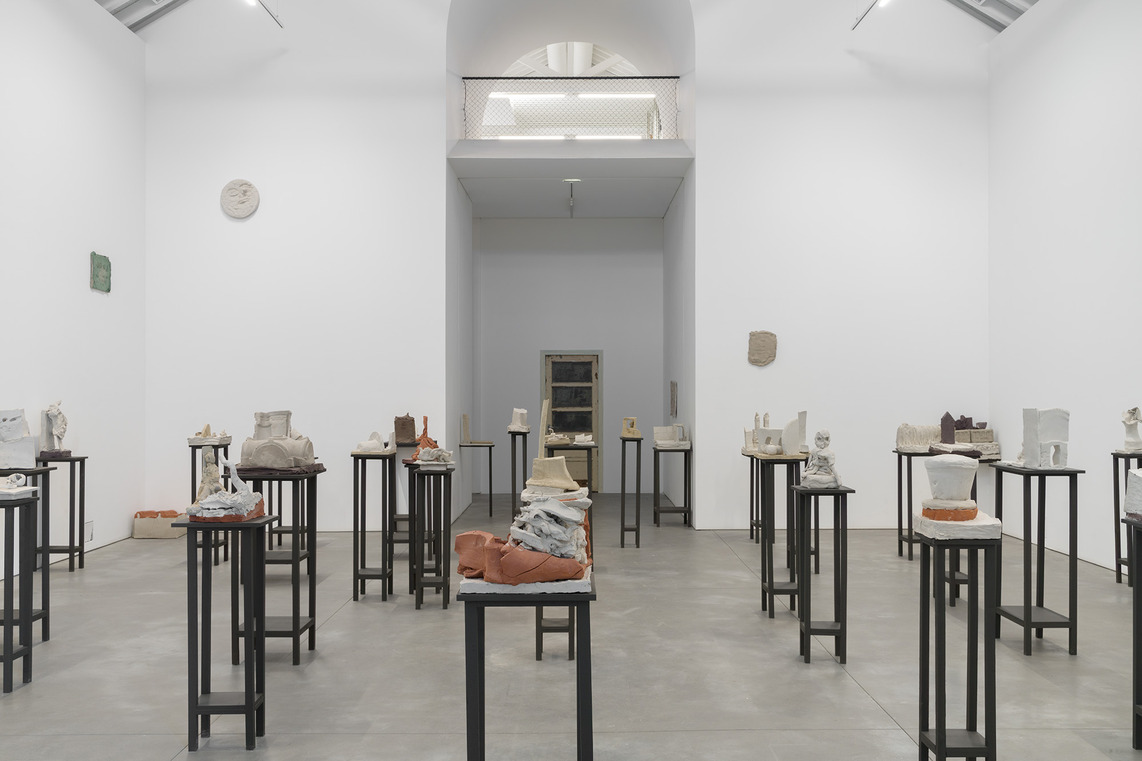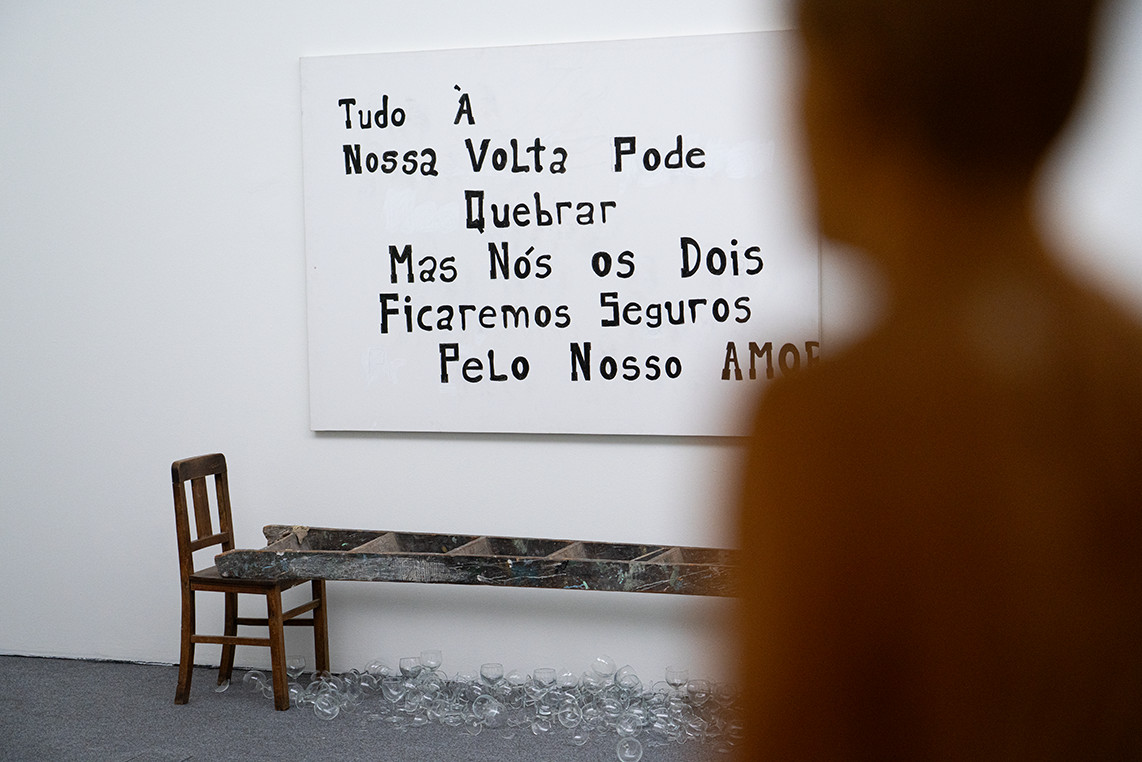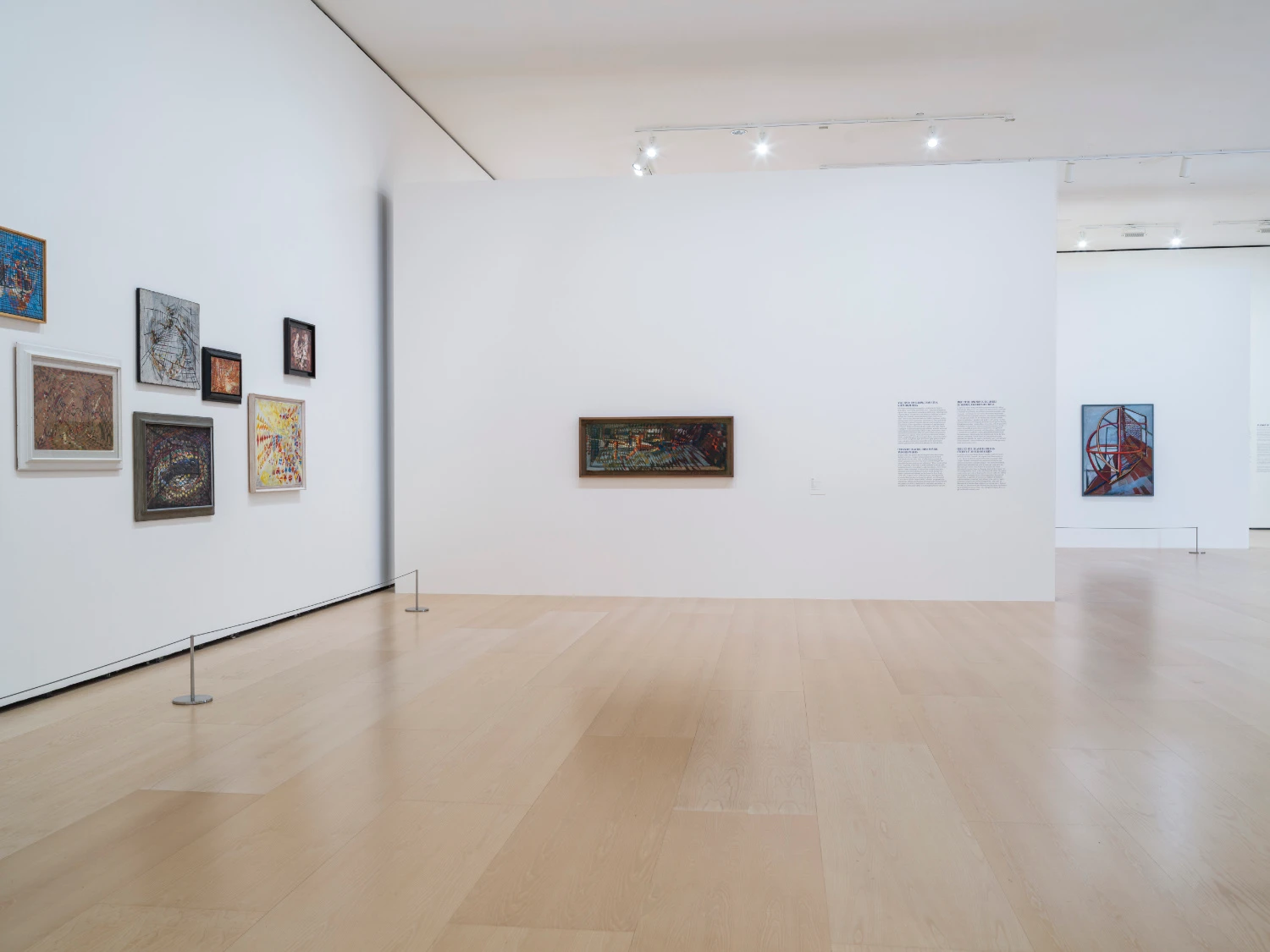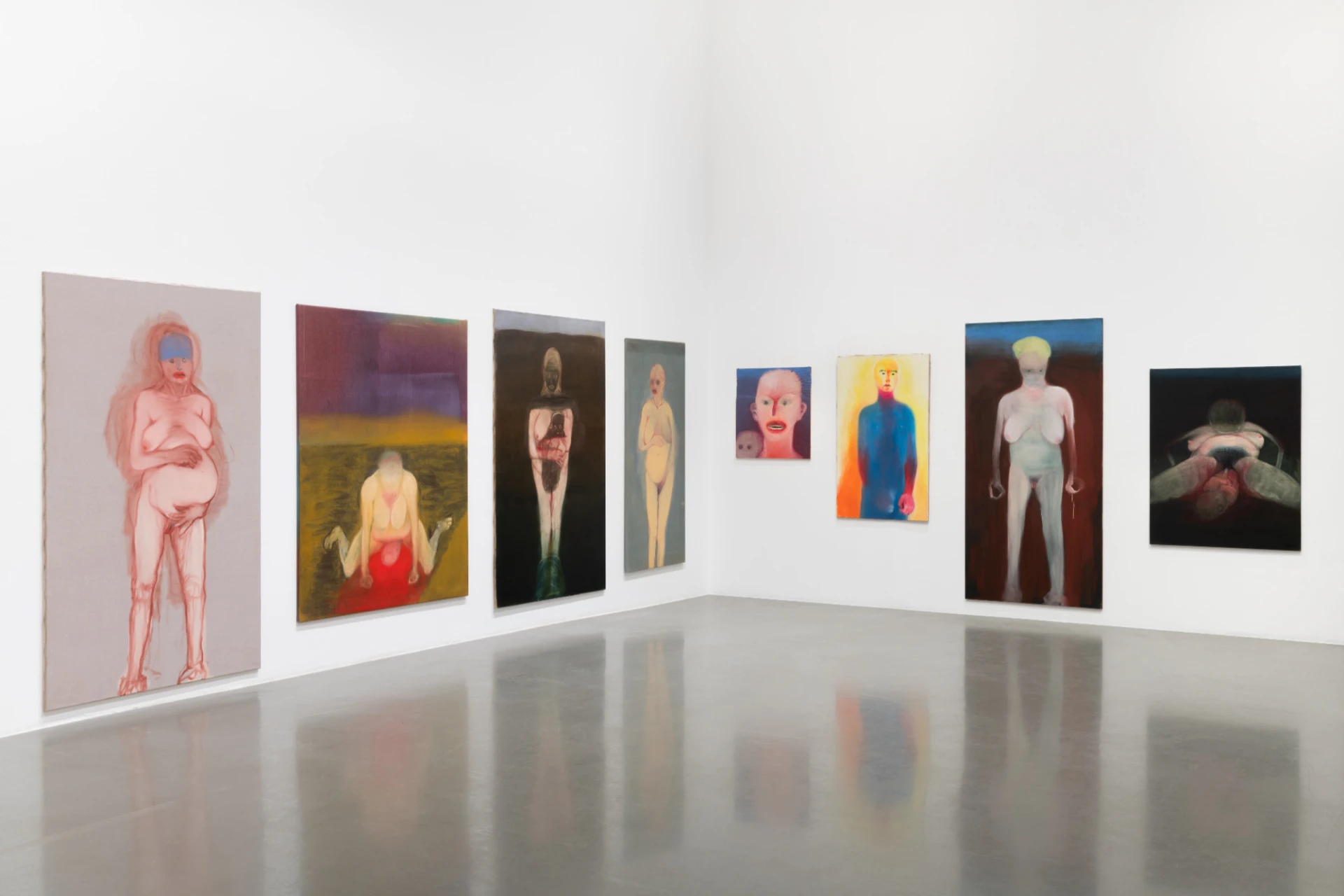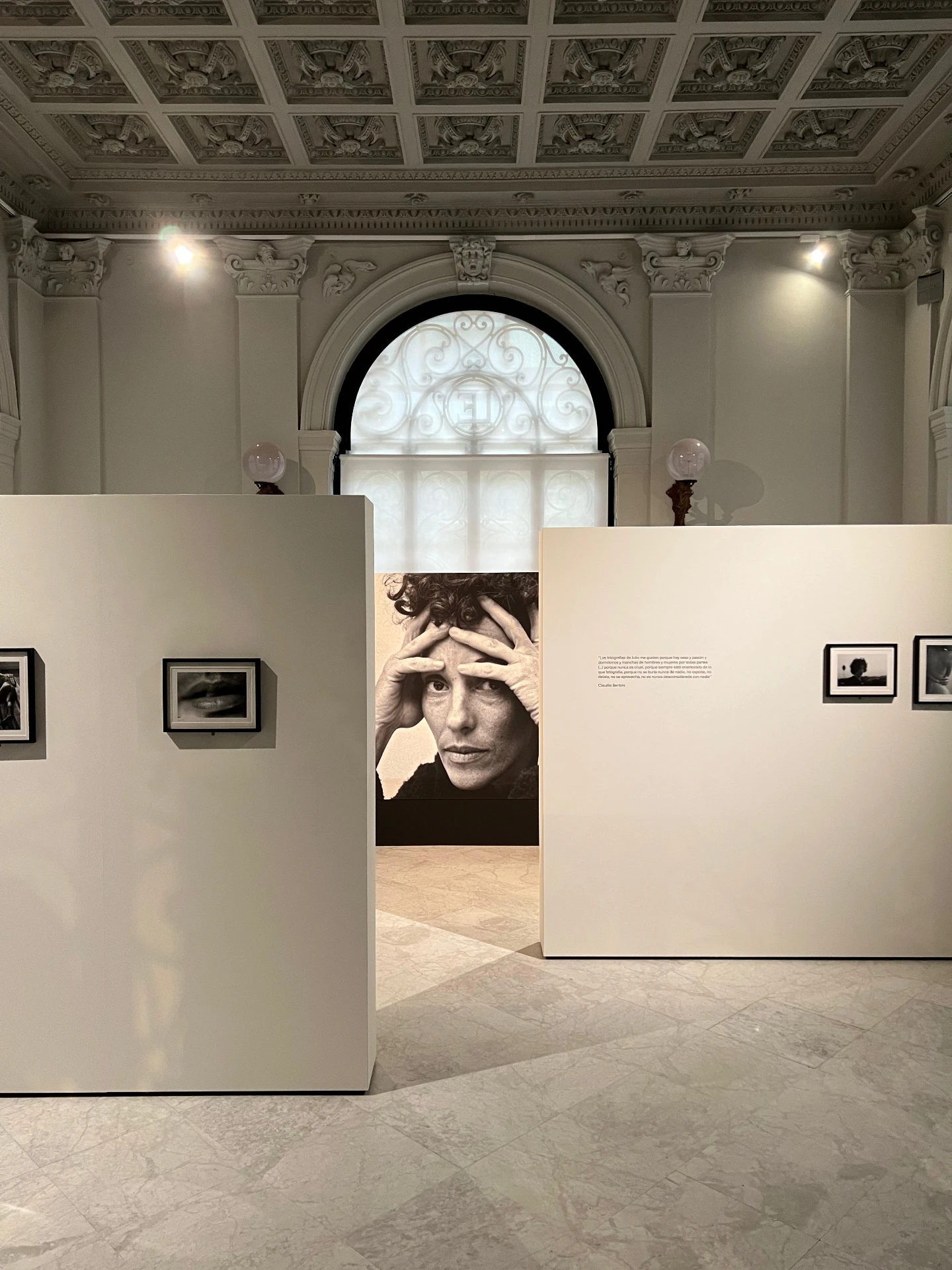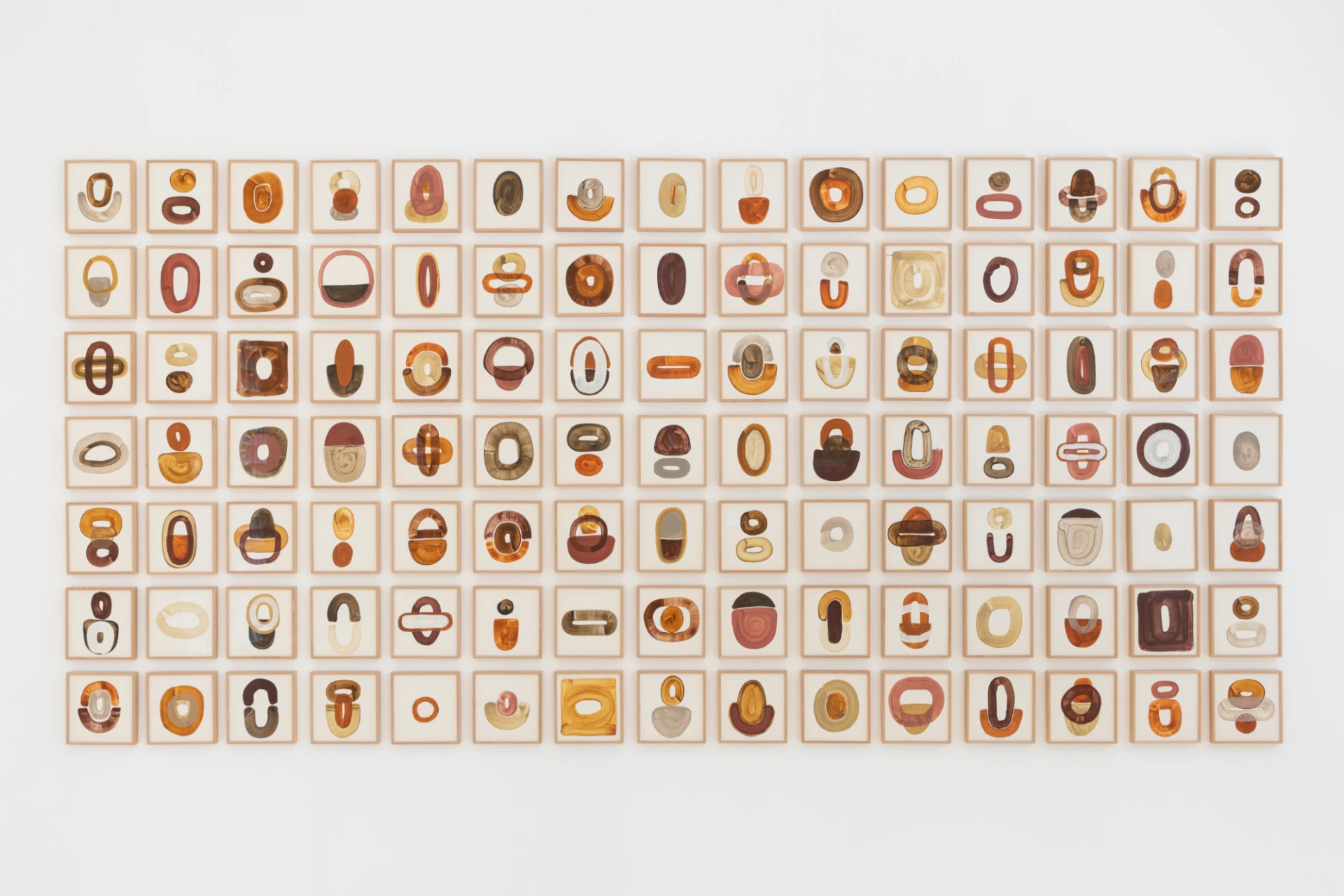The house hosting the group exhibition Herbário – Locus Amoenus is located in Jardim da Estrela. Forming part of the project Um Teatro em Cada Bairro, Casa do Jardim da Estrela proposes something simple: to provide a cultural programme directly related to its surroundings. This territorial exercise of exploring, observing and documenting biodiversity serves as the exhibition’s motto. Celebrating urban gardens – green oases sprouting up among the cosmopolitan chaos – Herbário – Locus Amoenus is nothing more than an offshoot of the title itself.
We inherited herbaria from botany, collections of plants gathered, pressed and strictly classified. This exhibition also comes from botany. With works by Eugénio Ampudia, Ana Fonseca, Rodrigo Bettencourt da Câmara, Sílvio Rosado and Teresa Palma Rodrigues, ultimately all we see is an attempt to build a living herbarium. Alternatively, we are seeing an attempt to deconstruct what we mean by “herbarium”. The pages make way for wooden structures with suspended photos and drawings. The works are not plucked from the earth, but drink a suis generis delicacy from it. The lines are light, the colours translucent and the sculptures organically endless. And in everything – without exception – there are remnants of a symbiotic relationship. A dialogue between art and nature spilling over into the works themselves; a mutual game of affectation heightened by the spatial architecture.
Silence in Herbário – Locus Amoenus is hummed by birds and esmptiness is filled by the sun beams heating the floor. Like a framing of a living world, the windows and showcases perform an internalising gesture: bringing the outside in. For example. On the left side of the room, next to the window, we encounter insect sculptures inside a glass box with a mirrored bottom. Inside, we find the works resting on the vegetation reflected from the window. The sculptures morph according to the reflection and take on the shape of a mutable living creature. This is a mirror-like process that encapsulates in the work something external to it.
But is this gesture not inextricably tied to the showcase itself? Actually, it leads us to think of it as a facsimile of Jardim da Estrela, a kind of materialisation and internalisation of its dynamics. The fragility of the glass walls is at stake, as is its role as a haven in itself. Similar to a showcase, this garden serves as an observatory within the city of Lisbon: a Locus amoenus (Latin for mild place) with a micro-ecosystem developing within it. The borders – if there are any – are of glass. And if up until now I’ve been writing about transparencies, this is because, ultimately, this exhibition is about permeability.
Promoted by Associação Número – Arte e Cultura, under the artistic direction of D. André de Quiroga, Herbário – Locus Amoenus is at at Casa do Jardim da Estrela – Um Teatro em Cada Bairro until June 30, 2024.
